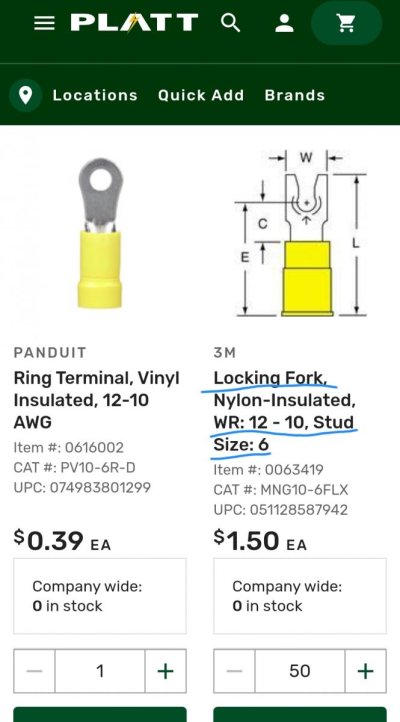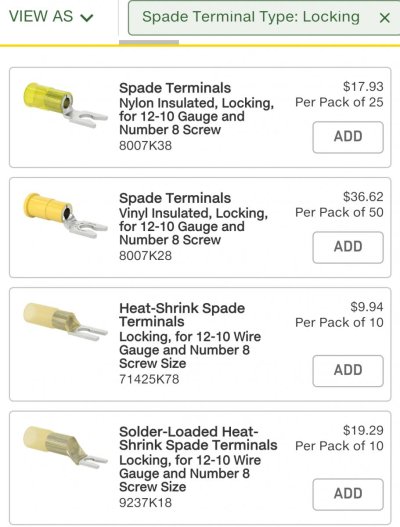paulga
Guru
- Joined
- May 28, 2018
- Messages
- 1,028
- Location
- United States
- Vessel Name
- DD
- Vessel Make
- Marine Trader Sundeck 40'
I was not able to find similar stuff nearby
Do you know an alternative to that stress relief fitting that is also sold in the states?
Do you know an alternative to that stress relief fitting that is also sold in the states?
Not only is that fitting outrageously expensive, its designed to be assembled into a pipe fitting using 1/2" NPT threads, note there is no locking nut on the mount side. Really unusual thereby justifying the expense.
It won't thread into you selected box correctly.
Find another one the right thread size for your box with the locking nut. To make the rubber gripping insert fit your 3 individual wires you may have to make them as round as you can using a couple layers of heat shrink.




